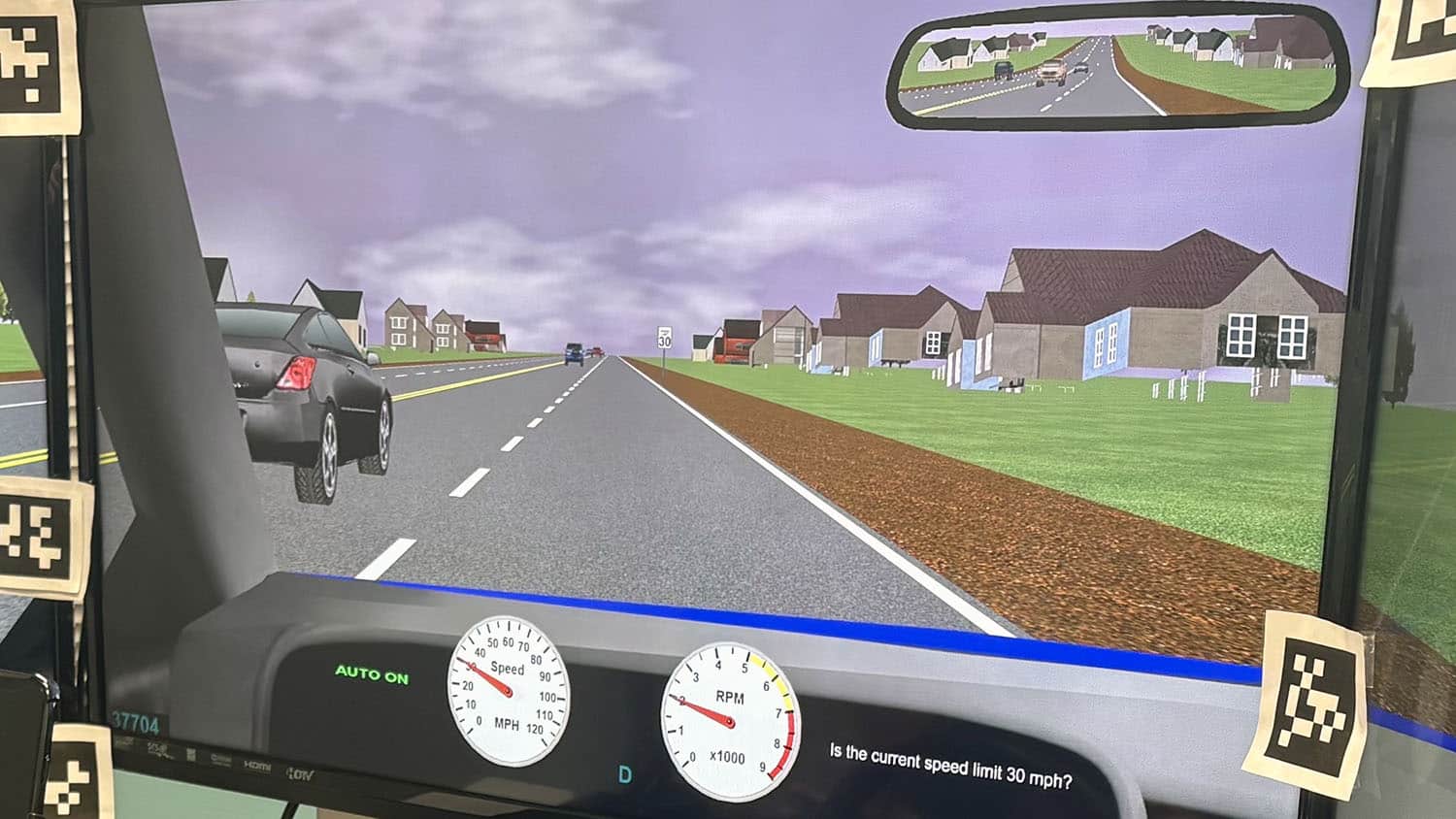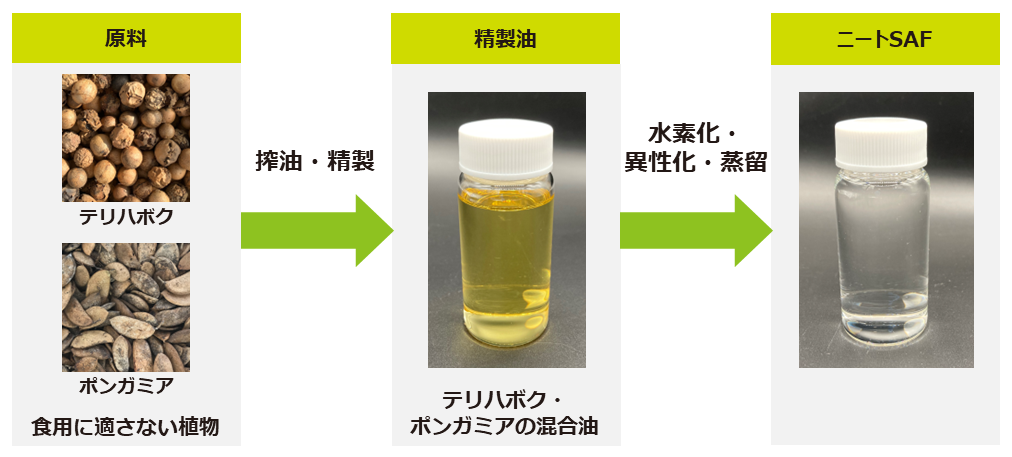2025-01-28 ノースカロライナ州立大学 (NCState)
 An example of a driving-related conversational prompt displayed during automated driving. Photo credit: Xiangqing Ding.
An example of a driving-related conversational prompt displayed during automated driving. Photo credit: Xiangqing Ding.
<関連情報>
- https://news.ncsu.edu/2025/01/prompts-partially-automated-cars-safer/
- https://journals.sagepub.com/doi/abs/10.1177/00187208251314248
離脱者を目覚めさせる: 運転関連プロンプトは部分自動運転にドライバーを引き込むことができるか? Awakening the Disengaged: Can Driving-Related Prompts Engage Drivers in Partial Automation?
Xiaolu Bai and Jing Feng
Human Factors: The Journal of the Human Factors and Ergonomics Society Published:January 22, 2025
DOI:https://doi.org/10.1177/00187208251314248
Abstract
Objective
This study explores the effectiveness of conversational prompts on enhancing driver monitoring behavior and takeover performance in partially automated driving under two non-driving-related task (NDRT) scenarios with varying workloads.
Background
Driver disengagement in partially automated driving is a serious safety concern. Intermittent conversational prompts that require responses may be a solution. However, existing literature is limited with inconsistent findings. There is little consideration of NDRTs as an important context, despite their ubiquitous involvement. A method is also lacking to measure driver engagement at the cognitive level, beyond manual and visual engagements.
Methods
Participants operated a partially automated vehicle in a simulator across six predefined drives. In each drive, participants either received driving-related prompts, daily-conversation prompts, or no prompts, with or without a takeover notification. The first experiment instructed participants to engage in NDRTs at their choice and the second experiment incentivized solving demanding anagrams with monetary rewards.
Results
When participants were voluntarily engaged in NDRTs, answering driving-related prompts and receiving takeover notifications improved their monitoring behavior and takeover performance. However, when participants were involved in the more demanding and incentivized NDRT, answering prompts had little effect.
Conclusion
The study supports the importance of both maintaining appropriate workload and processing driving-related information during partially automated driving. Driving-related prompts improve driver engagement and takeover performance, but they are not robust enough to compete with NDRTs that have high motivational appeals and cognitive demands.
Application
The design of driver engagement tools should consider the workload and information processing mechanisms.



